ANALYSIS: The three key challenges facing Mercedes in their fight to get back to the top
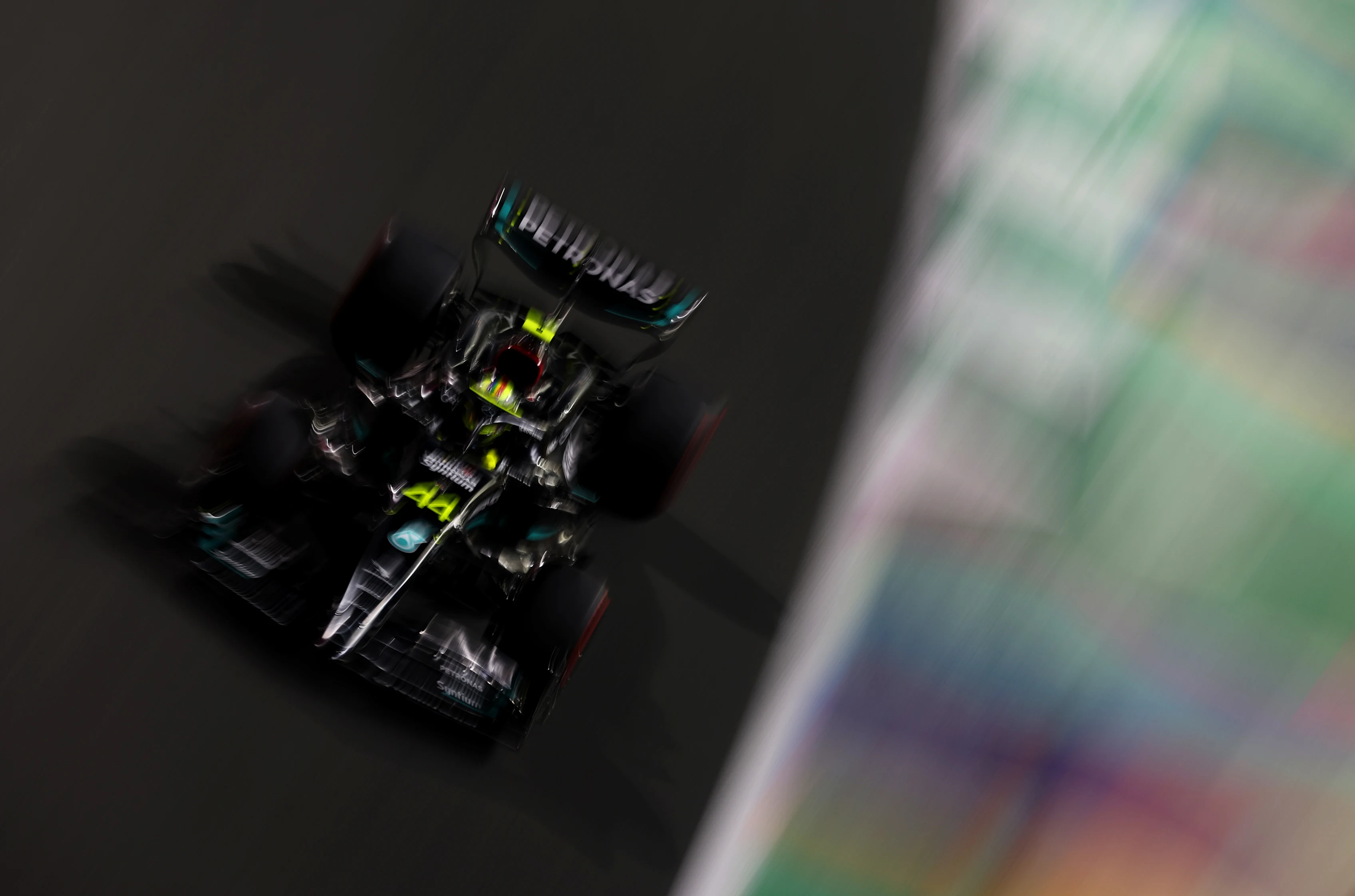
When Mercedes boss Toto Wolff realised the Silver Arrows had manoeuvred their way into a “dead-end street” with their 2023 car, the W14, it felt like a sucker punch to the stomach.
Wolff has become accustomed to winning. Between 2014 and 2020, Mercedes were near unbeatable – winning both drivers’ and constructors’ titles in those seven seasons. It was the most dominant period for a F1 team ever.
Next Up
Related Articles
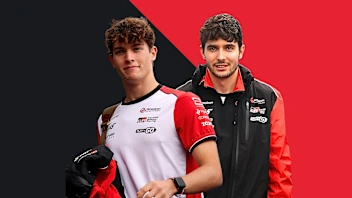 End Of Year Reports 2025Haas’ best and worst moments from 2025
End Of Year Reports 2025Haas’ best and worst moments from 2025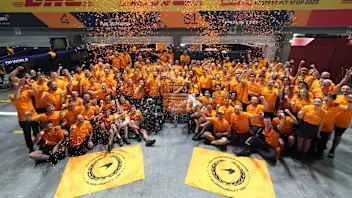 PalmerJolyon Palmer picks his stand-out performers in 2025
PalmerJolyon Palmer picks his stand-out performers in 2025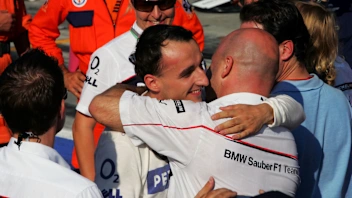 Sauber’s best moments and most memorable liveries in F1
Sauber’s best moments and most memorable liveries in F1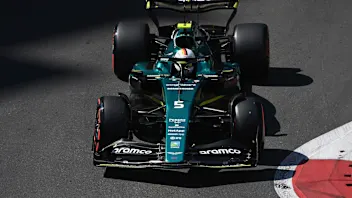 11 times F1 drivers took another driver’s car number
11 times F1 drivers took another driver’s car number End Of Year Reports 2025Williams’ best and worst moments from 2025
End Of Year Reports 2025Williams’ best and worst moments from 2025 ExclusiveVesti on life as Mercedes reserve and his F1 plan
ExclusiveVesti on life as Mercedes reserve and his F1 plan
